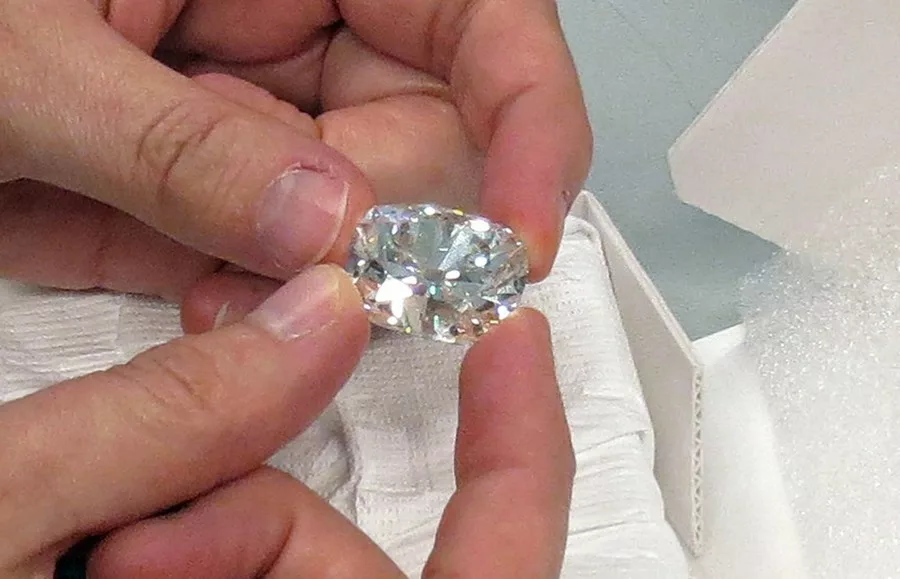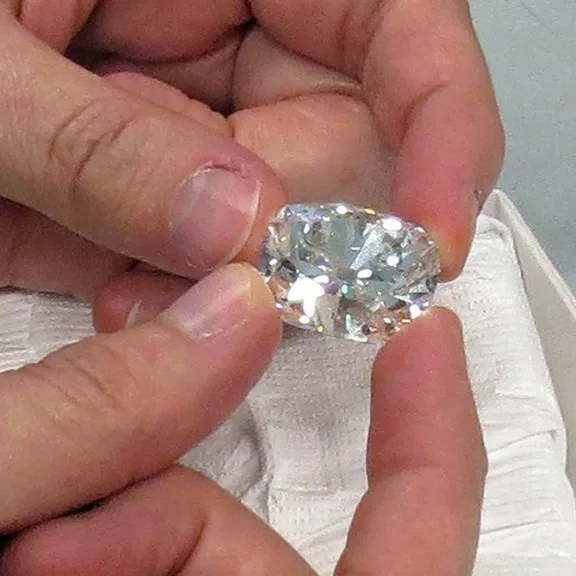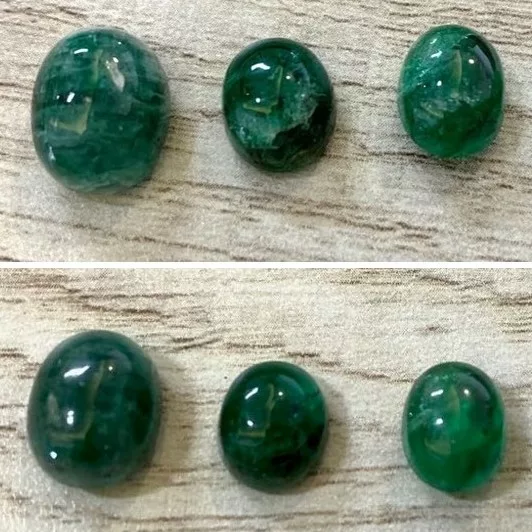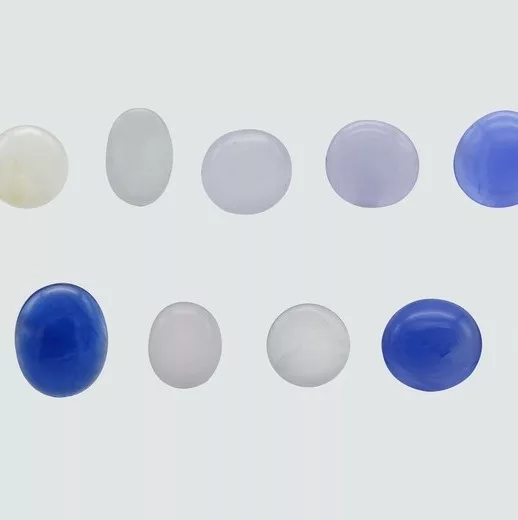The Banjarmasin Diamond in Amsterdam – War Booty from Borneo
The Banjarmasin diamond in the collection of the Rijksmuseum in Amsterdam plays a questionable role in the history of the Dutch occupation of Southern Borneo. Confiscated from the Sultan of Banjarmasin, the 70 carat rough diamond arrived in the Netherlands in 1862. This marked the beginning of a forty-year-long political debate on the fate of this former piece of state regalia and whether or not to cut and sell it. In 1902 the Banjarmasin was finally transferred to the Rijksmuseum in Amsterdam as a permanent loan from the then called ‘Ministry of Colonies’. This work not only focused on the colonial history of the diamond, but also on the material properties, which were never studied in detail before. The rough diamond was cut into a 38.23 carats cushion modified brilliant cut and is now graded to have an exceptional white (E) colour and a SI2 clarity. It is a type Ia diamond, containing forsterite inclusions. As one of the few large diamonds found in the alluvial deposits of Kalimantan the results of this study contribute to the acknowledgement of Kalimantan as a historically small but important source of diamonds.





